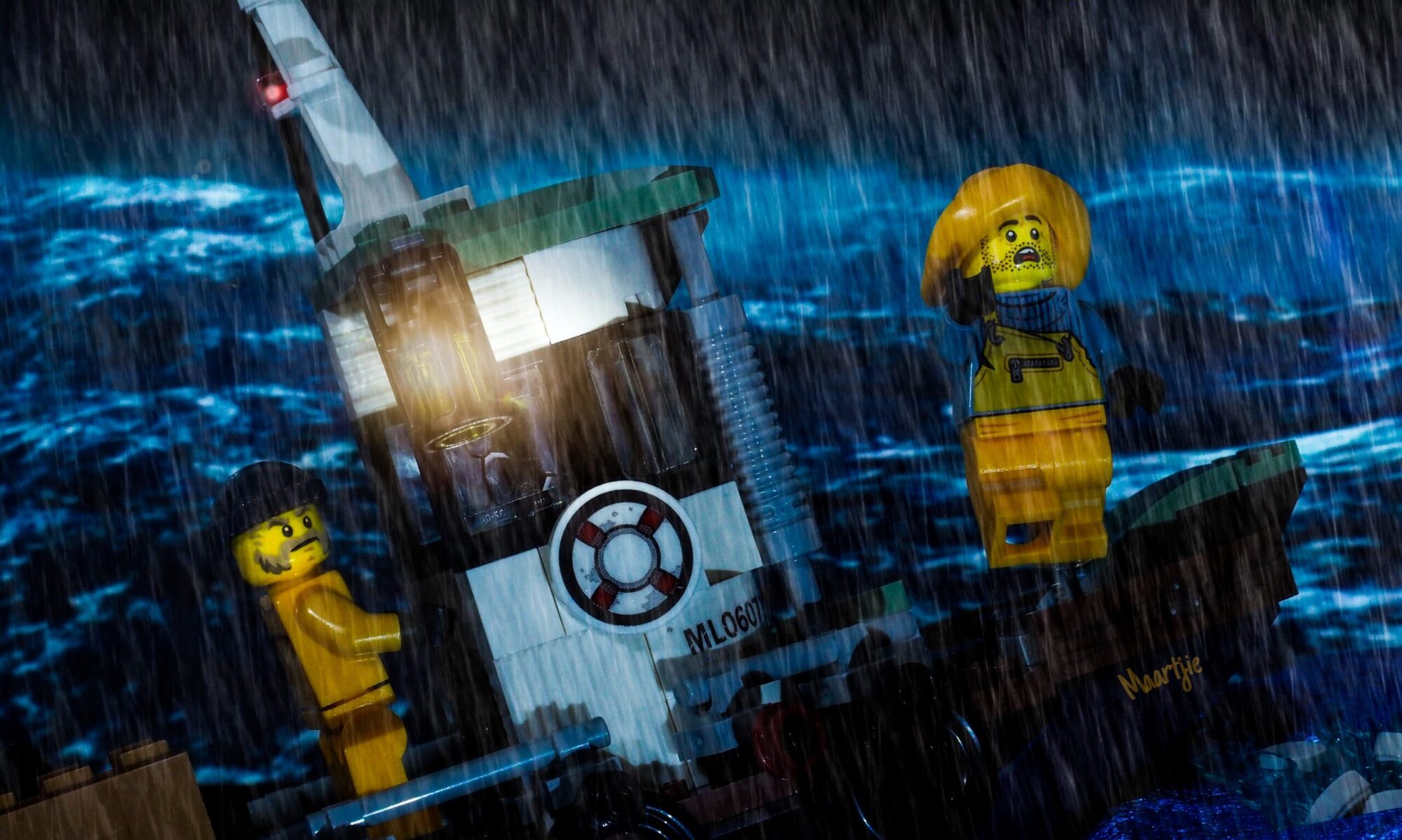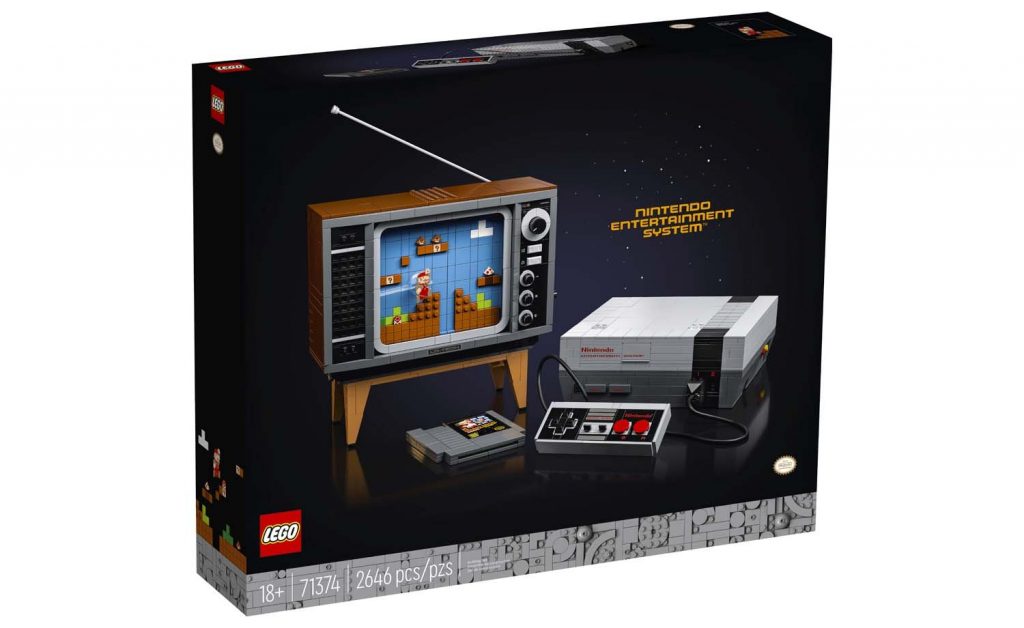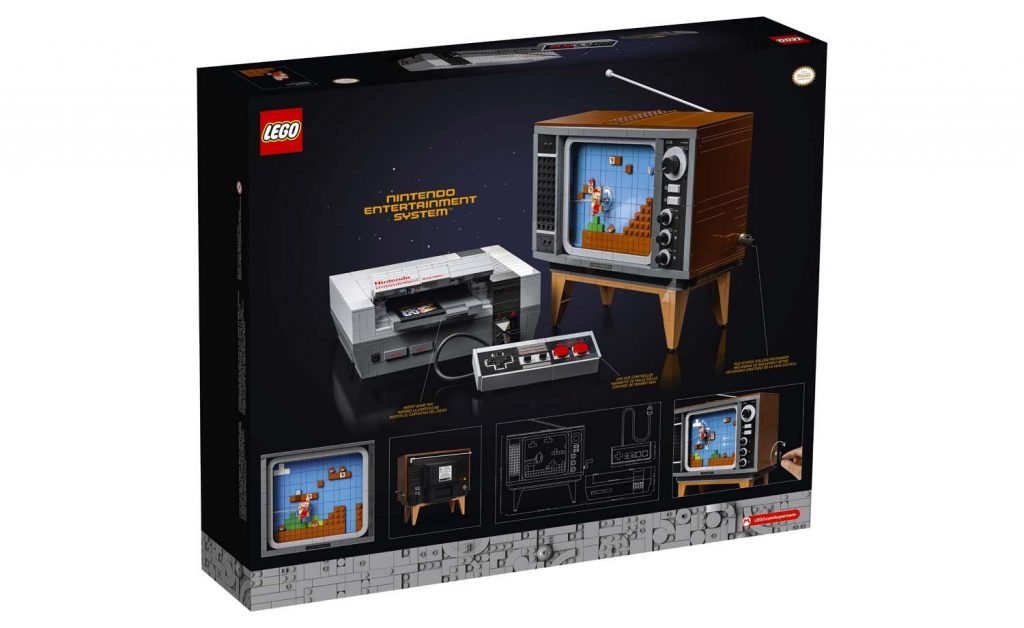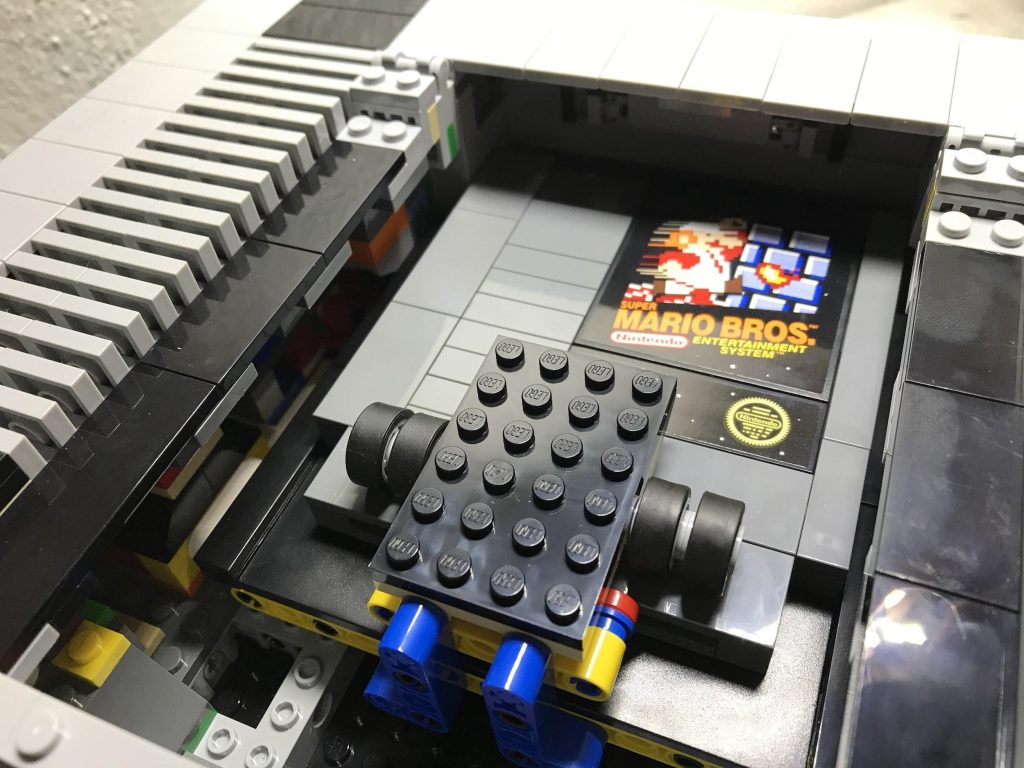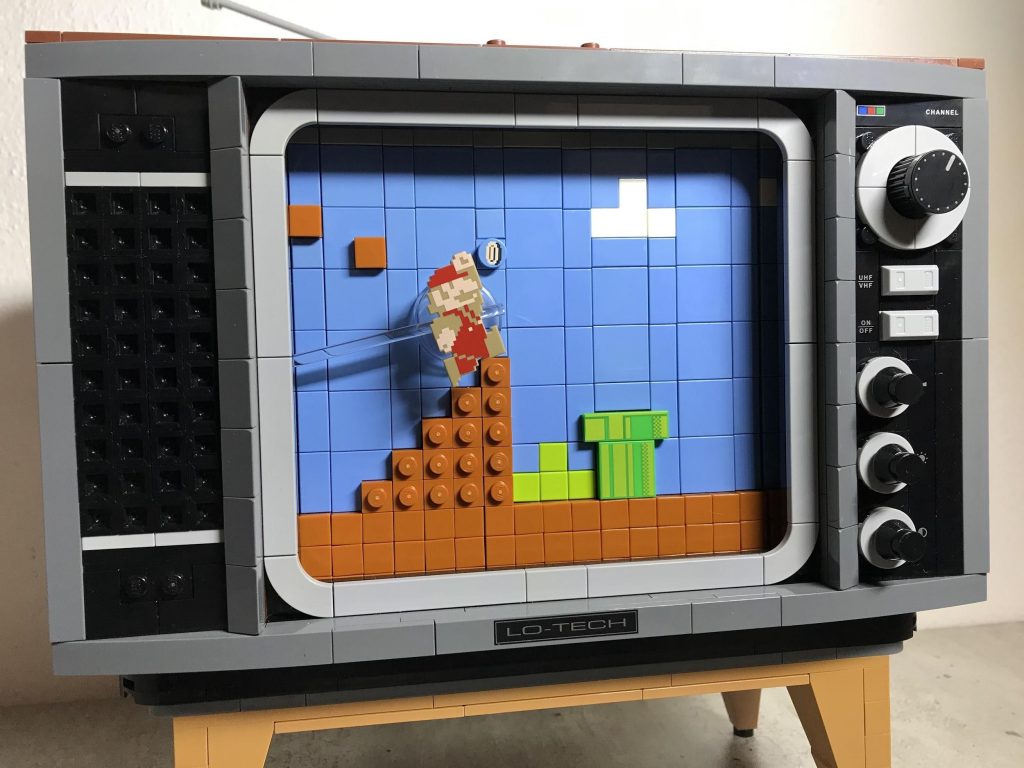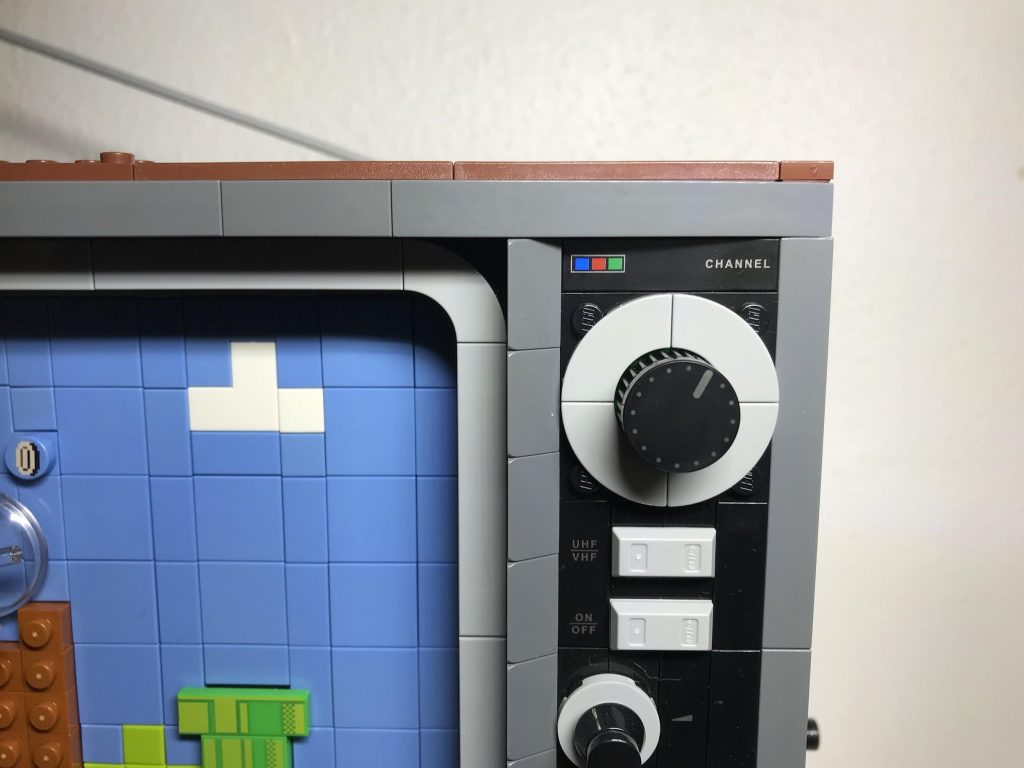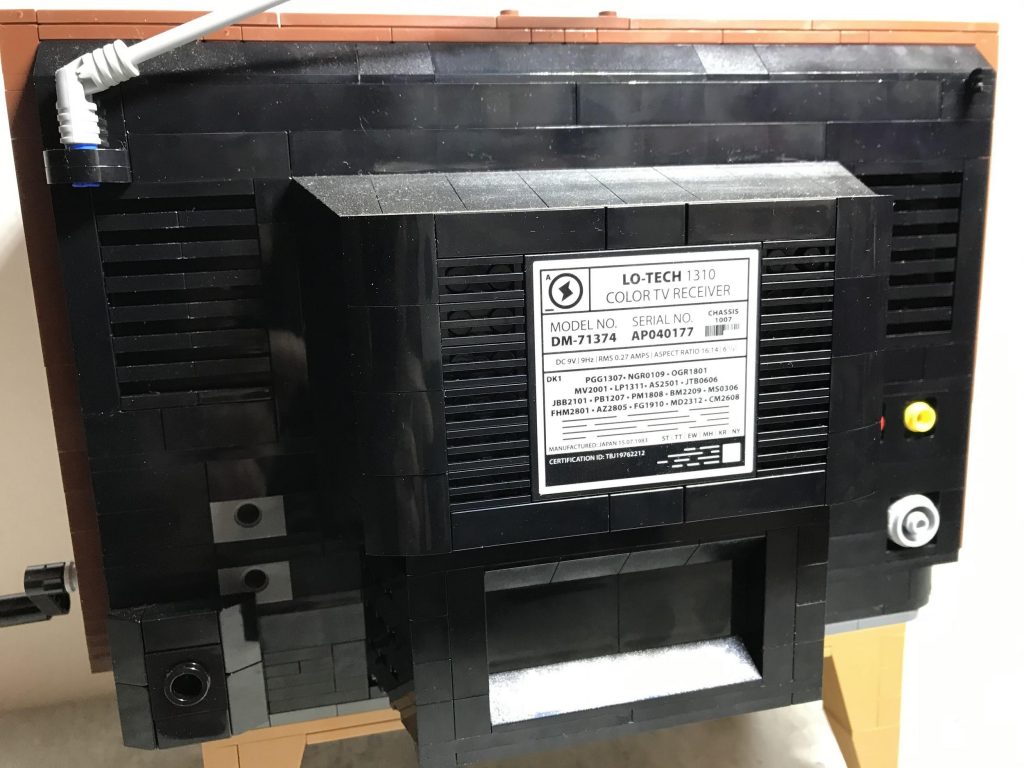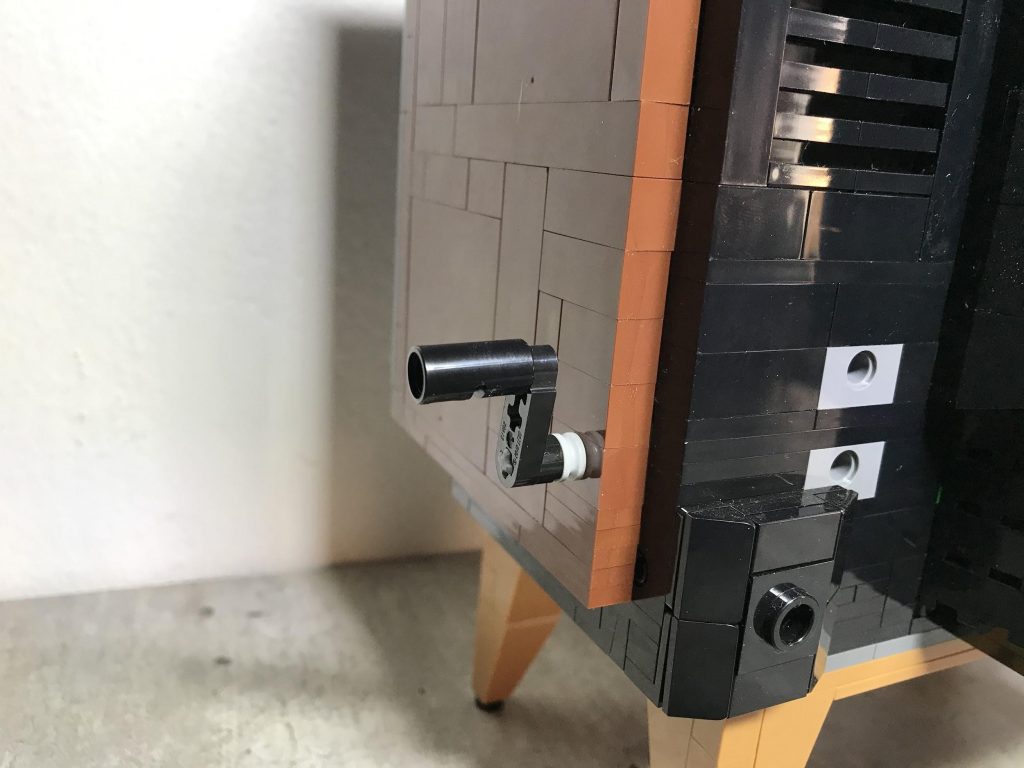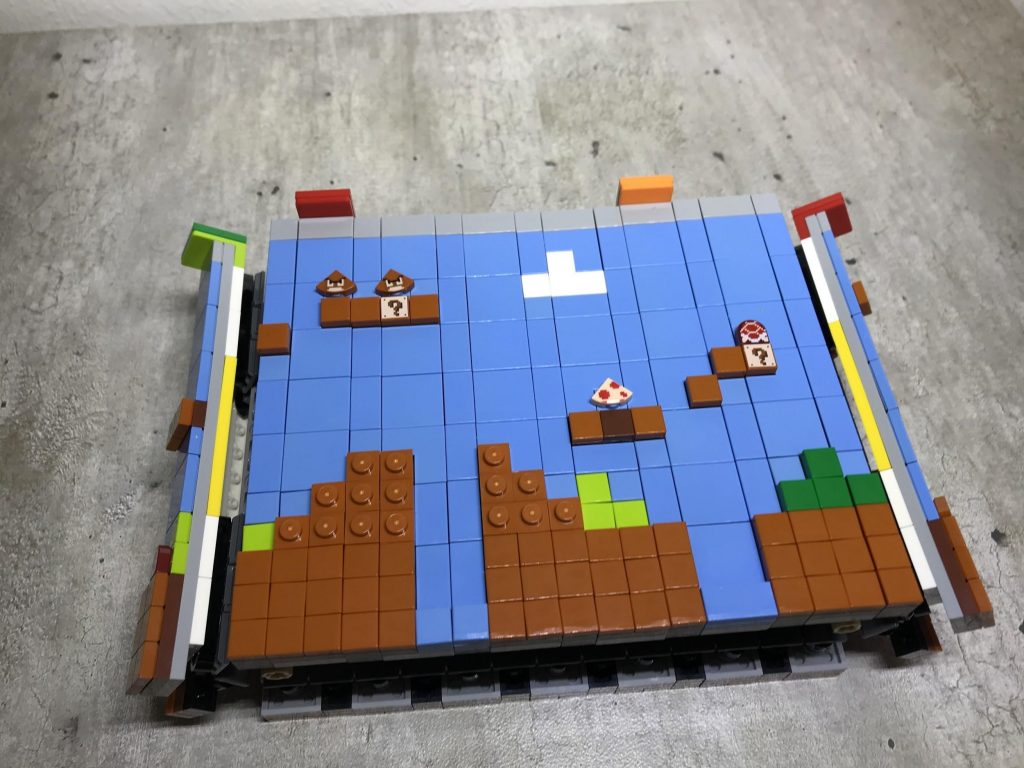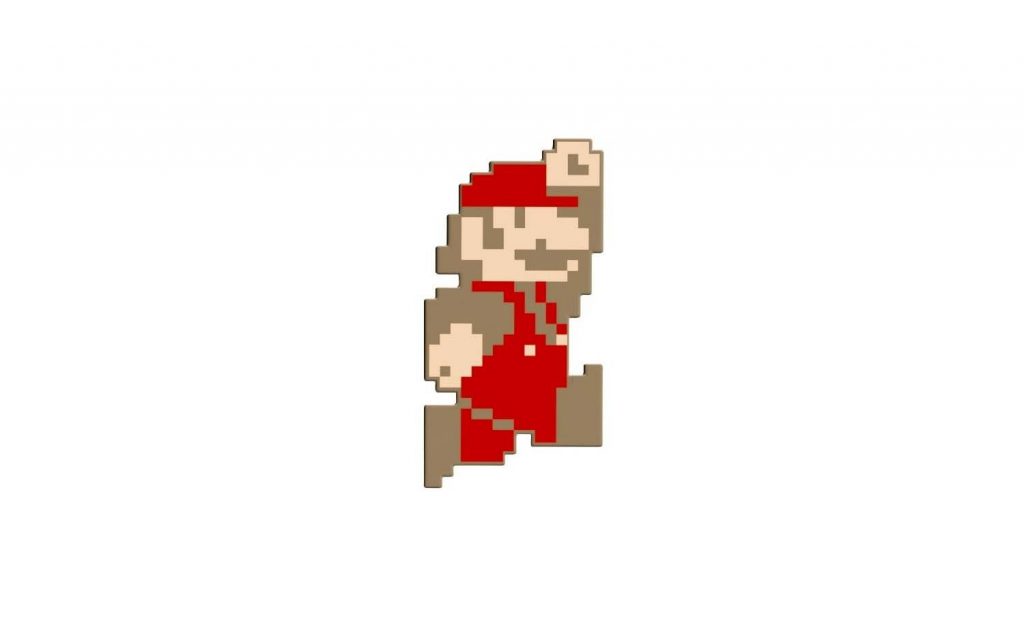Reviewed by Chris McGee (SAFOLs Member, jhbLUG Member)
Nostalgia in spades
So… 2020 has been an interesting year so far, and the world of LEGO® is no exception. In fact, we have seen the campaign of adult targeted sets dramatically increase and almost take away from the standard children’s set dominance. Walking through our local LEGO® Certified Store these days (with mask on and sanitiser at the ready) now looks like something altogether different with a quarter (at least) of the store’s shelf space being dedicated to the sets aimed at 16+ (includes Technic® and the Architecture themes), the Ideas theme and the new line of 18+ sets. Including not having space for other themed sets released only 6 months prior. It’s a bold move for a company in the “toy” business, and the set in this review is very much targeting the nostalgia factor of us big kids.
In the most positive form of critique from the release notes and set description, the 71374 LEGO® Nintendo Entertainment SystemTM (NES) is a set that will “trigger nostalgic memories”, and as a fan of video games of old and fond memories of those many hours (too many from my parents perspective), I really wanted to project myself back and experience the magic. Although I had the “Family Computer” variant of the console growing up and am not sure if we got this version of the NES into SA, I wanted to see if it still strikes home on the nostalgia front.
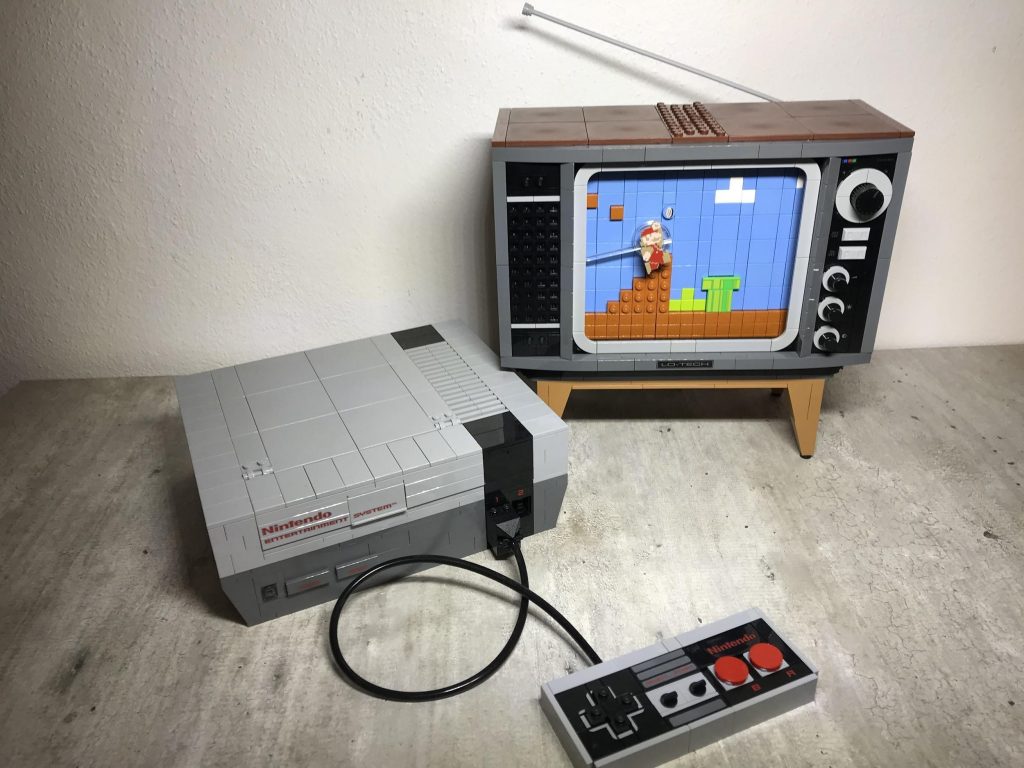
The beginning:
The set contains 2646 pieces across numbered bags (thank goodness), with the instructions split into two separate booklets, one for the NES console and controller and the other for the retro TV, so can be a build for a couple of family members. The instructions also have some handy facts about the history of the console, the games thereon, and some facts about the set design and the team behind it. I can really appreciate this focus on the designers and set design as it adds more to the effort and love given towards the development process.
The console:
So, the partnership with NintendoTM has apparently been on the go for the past 4 years, which makes me wonder if this was originally on the cards or something that came later. But one thing is for sure, they really went to town on getting the accuracy factor there. The shaping and details around the outer casing is near identical to the original console, including printed parts for the specific written components. I love that they even bothered to make the plug receivers for the controllers and the connections through to the television (and with some nice techniques to boot). The consistent finishing using tiling for the edges and some nice building of the cartridge loading cover make for a product that brings the device to be the blocky heart of the set.
The console is accompanied by a single built up game cartridge, obviously using the Super Mario Bros sticker of the first 8 bit game variant as it’s label. This in itself would have been a great extra, but the cartridge loader on the console actually works, including a locking in feature of the loading which is amazing in how it is built. There is even a hidden easter egg built into the side of the console for those who dared venture into the warp zones. The simplicity and effectiveness of the mechanism is fantastic and a highlight of the set.
Moving on, you get the controller, which is also heavily decorated with printed parts giving that added grace to a device where your fingers begin to get some muscle memory thereon with the A and B, and directional buttons in place. This controller would drive forward generations to come for home gaming consoles, after the older consoles focusses on controllers like the arcade joysticks. The controller comes with a pneumatic pipe as its wired cable, and actually slots into the console port, and the connection friction is just right for easy removal and placing for a firm hold.
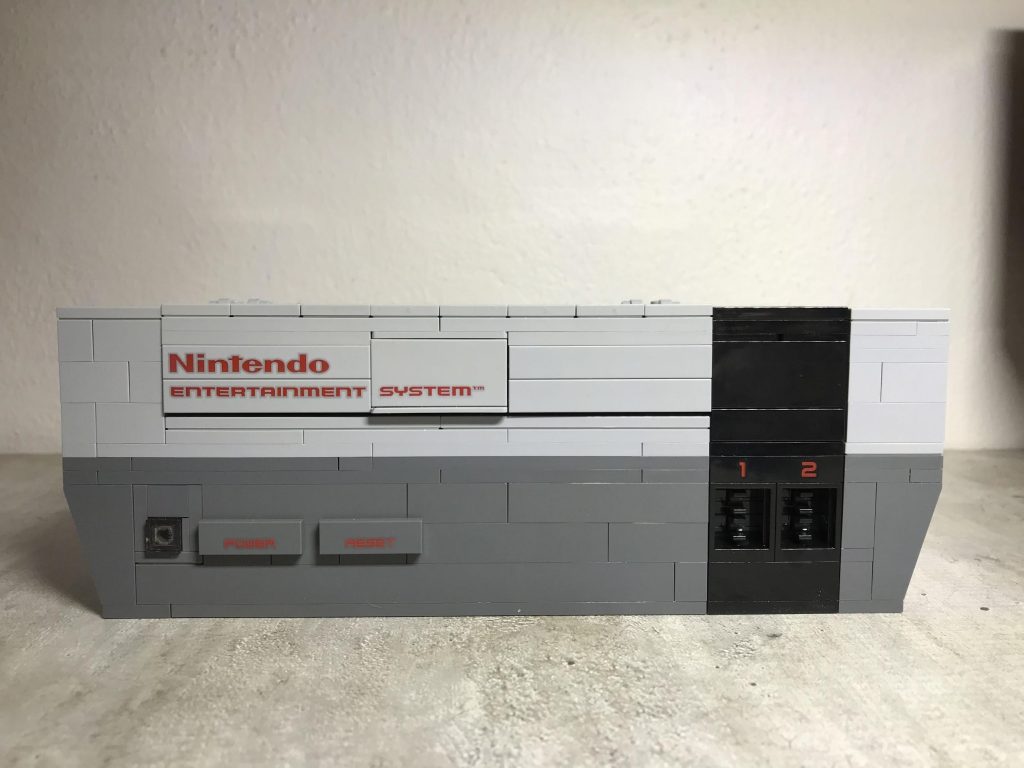
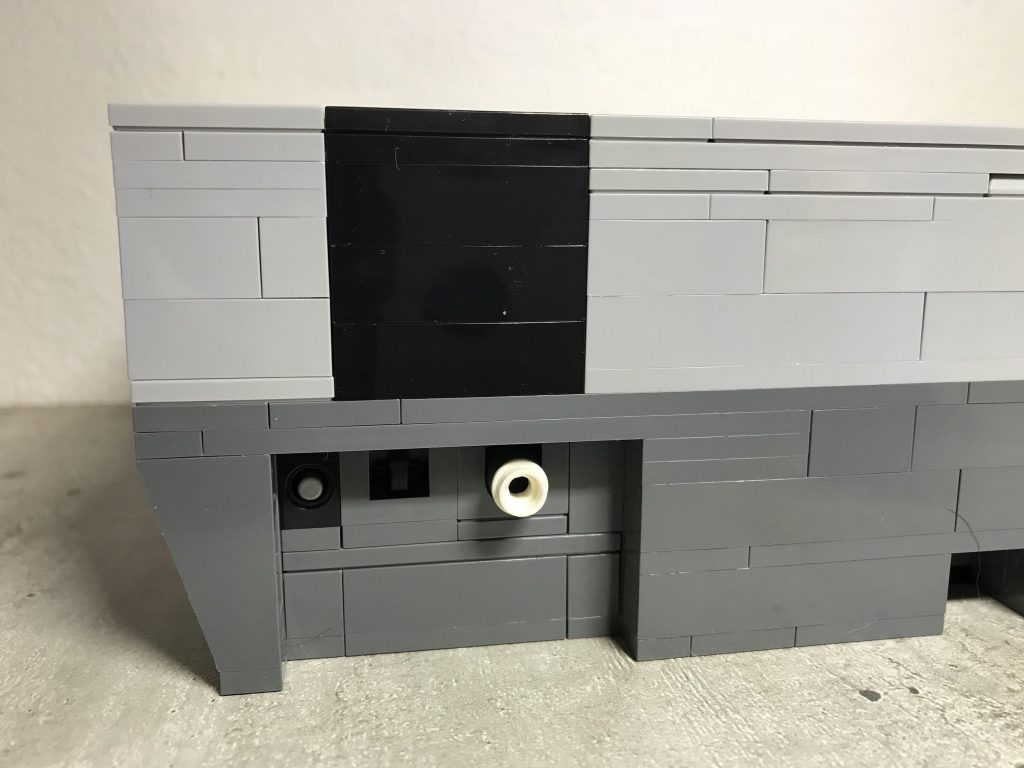
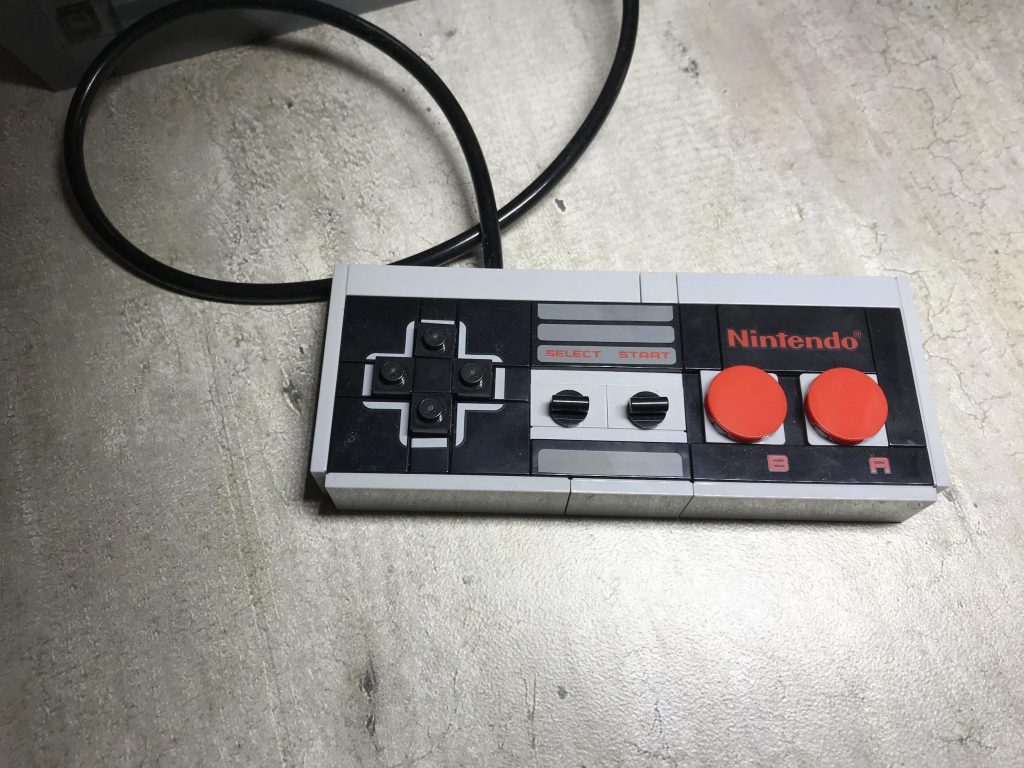
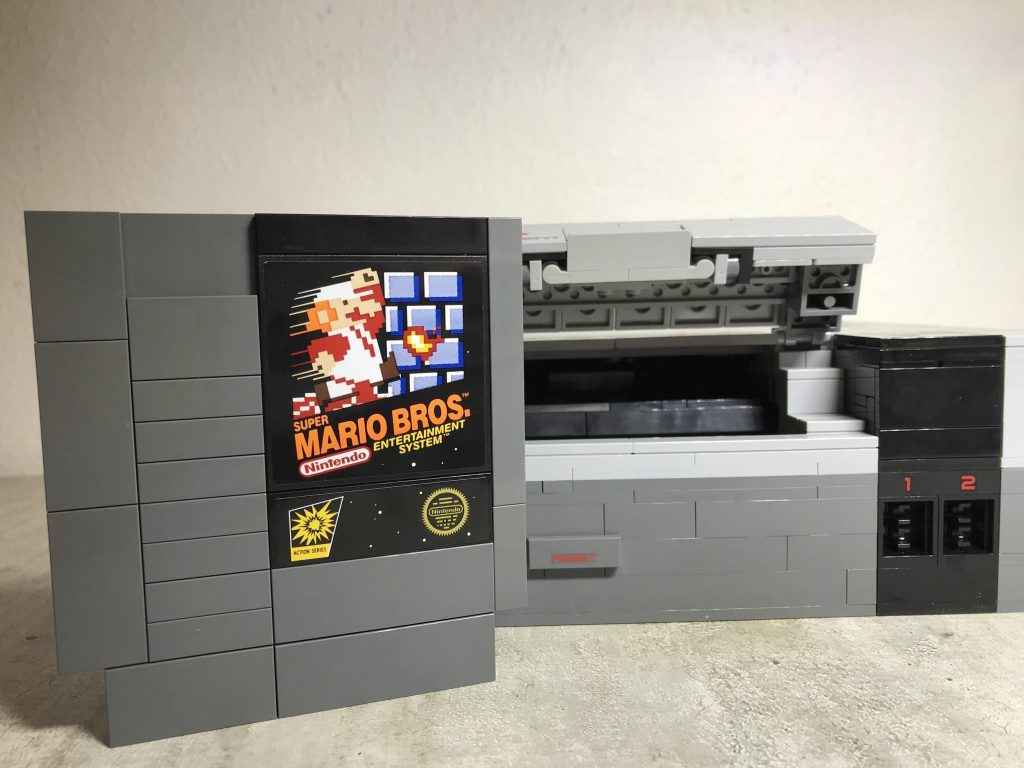
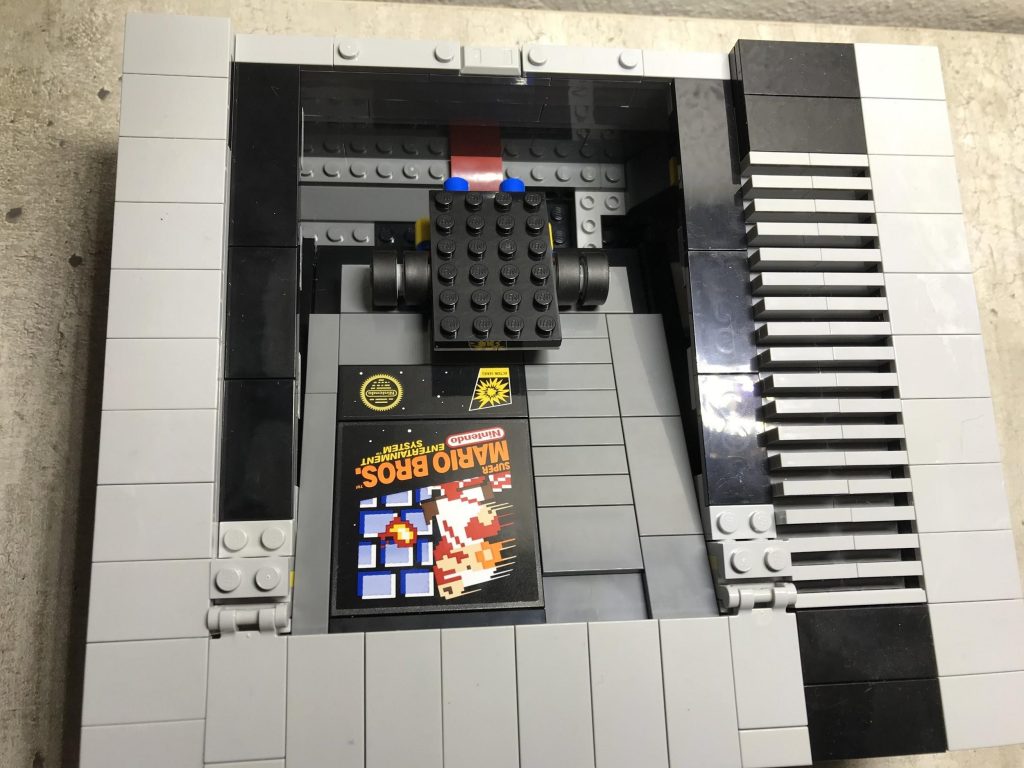
The television:
I can only guess, but my thought is that the console was the first point of focus for the team since it is more directly linked with the new Super MarioTM theme, so this makes the retro TV the “gravy”. So much so that it could easily be seen as the star of the dish, giving the flavour and energy needed for the set.
Built into it is a lovely screen rotation of a section of the first level of the Super Mario Bros 8-bit game. Needless to say, I spent a lot of time on this level growing up, but I think it is the right choice for all, being recognisable to all who have any knowledge of the game. The actual method used in scrolling the level, is done using the larger track pieces in 2 levels connected through long plates and then finished with tiles and some plates. There is a lever to the right of the television which is used to rotate the tracks. The special prints stand on different 1×1 shaped parts on top and provide character to the environment in the form of the gumba, koopa shell, star, question mark block and coin. You also get an extra of each of the printed elements.
Then comes the specialised Mario modified plate. This is a unique part both in the print and it’s construction, able to connect on an anti-stud to the bar and trans-clear dish piece which helps guide Mario in navigating the level as the screen scrolls across. A key to this is the use of a microphone piece just providing less friction for easy movement. Handy hint: don’t push the dish piece too close to the tiles as it tends to get stuck easily on the plates on the screen.
All this in an amazingly detailed adaptation of an older television, complete will stand. The channel changing dial, volume and display settings all represented with prints and the channel dial having a cool mechanism to add a resistance and clicking noise to the experience. Even the panel to the left of the screen comes with some building for the speaker cover with the receiving studs showing to lovely effect.
To the back of the television and we get only our third sticker for a neat and tidy finish for the back of the television providing the actual specifications. A fun little easter egg comes through now as the specifications thereon are actually for the set build itself. Considering that this section would normally not be seen on display, it is great that they finished it so well, giving the right shape and smooth design. To top it off, a small arial can be clipped down or set up to display.
The other function:
So once finished building, scrolling and admiring the set, there is another option available, although a critical component does not come with the set itself, and that is interaction with the LEGO® MarioTM from the upcoming Starter Course set (71360). It allows you to play the famous music and sound effects triggered by coloured tiles within the colour sensor of the Mario figure. All this comes from simply scanning the provided coded tile. Now initially when I received the set, I didn’t have the LEGO® MarioTM but I was still able to get what I wanted from the interaction of scrolling the screen around and watching the jumping and general interaction (all the while having the music play through my head).
I did receive my pre-order a bit earlier than expected and so then tried out the new Mario figure and the interaction it provides, and yes, having the music and sound effects did add to the experience.
I do feel that this is more of an enhanced inclusion rather than a necessity, but can understand why people would be upset at not having a “complete” set when this inclusion is offered but you need to have a key device to effectively use it. That and the set would cost you an extra thousand rand over and above the current price tag for this set.
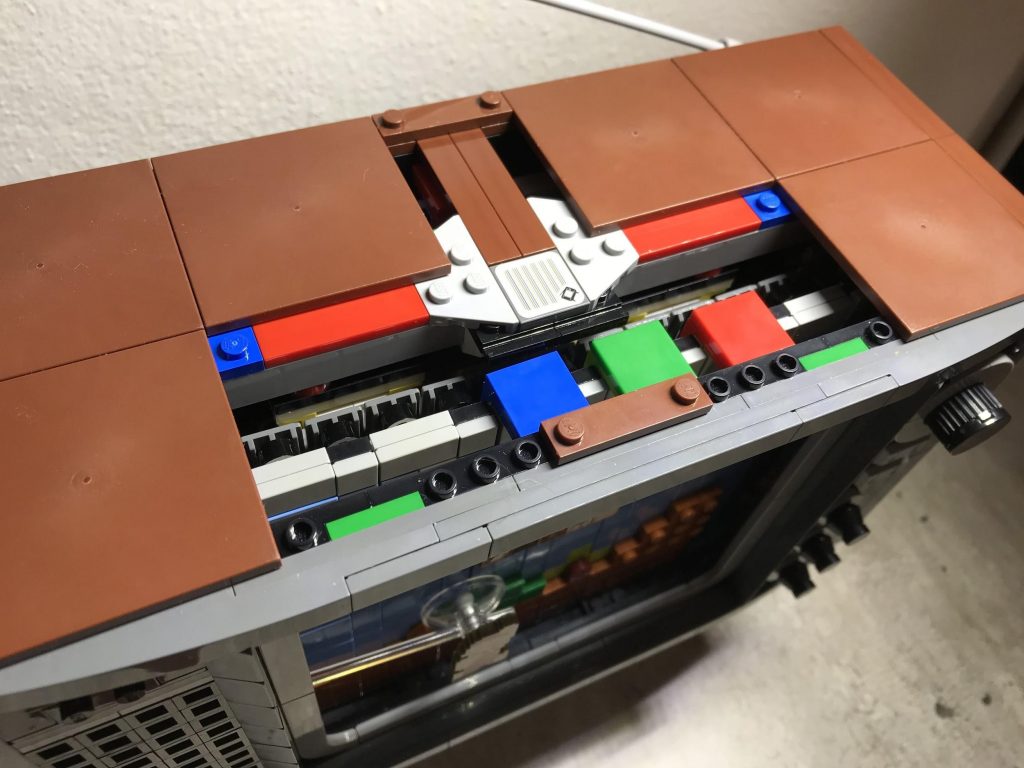
The final product:
This set is perhaps a great indicator of what can expect from LEGO® going forward – sets targeting a growing market of adults wanting a combination of build and display value. And what a way to do it.
It rings all the right bells for me with regards to nostalgia, build quality and experience, and really does look phenomenal when displayed. A must I would say for big Nintendo fans, a great display piece for those wanting that point of focus. The mechanisms used for the play features are well thought out and well-built to give an experienced builder some fun and these are a fair accompaniment to the set.
On a price point, at R3,799.99 (recommended retail), the set may be bordering the higher price point, and we can probably get an actual NES for half the price, and play it (didn’t check but I doubt it would scale up to this price). But honestly, this is meant to be built and compared with LEGO sets, and in that, I feel that the price is fair for what comes out and the experience with the building, considering the new moulds and great prints we also get.
The added feature with the integration of the starter course set is nice to have and add some pep but is not necessary if you would rather not get the starter course (price or otherwise), and I don’t believe have added to the price point given that the price to part ratio is still quite low.
Overall, a great set, and I hope the partnership with Nintendo does continue as I know many are looking for those elusive minifigure based sets.
Official Images
